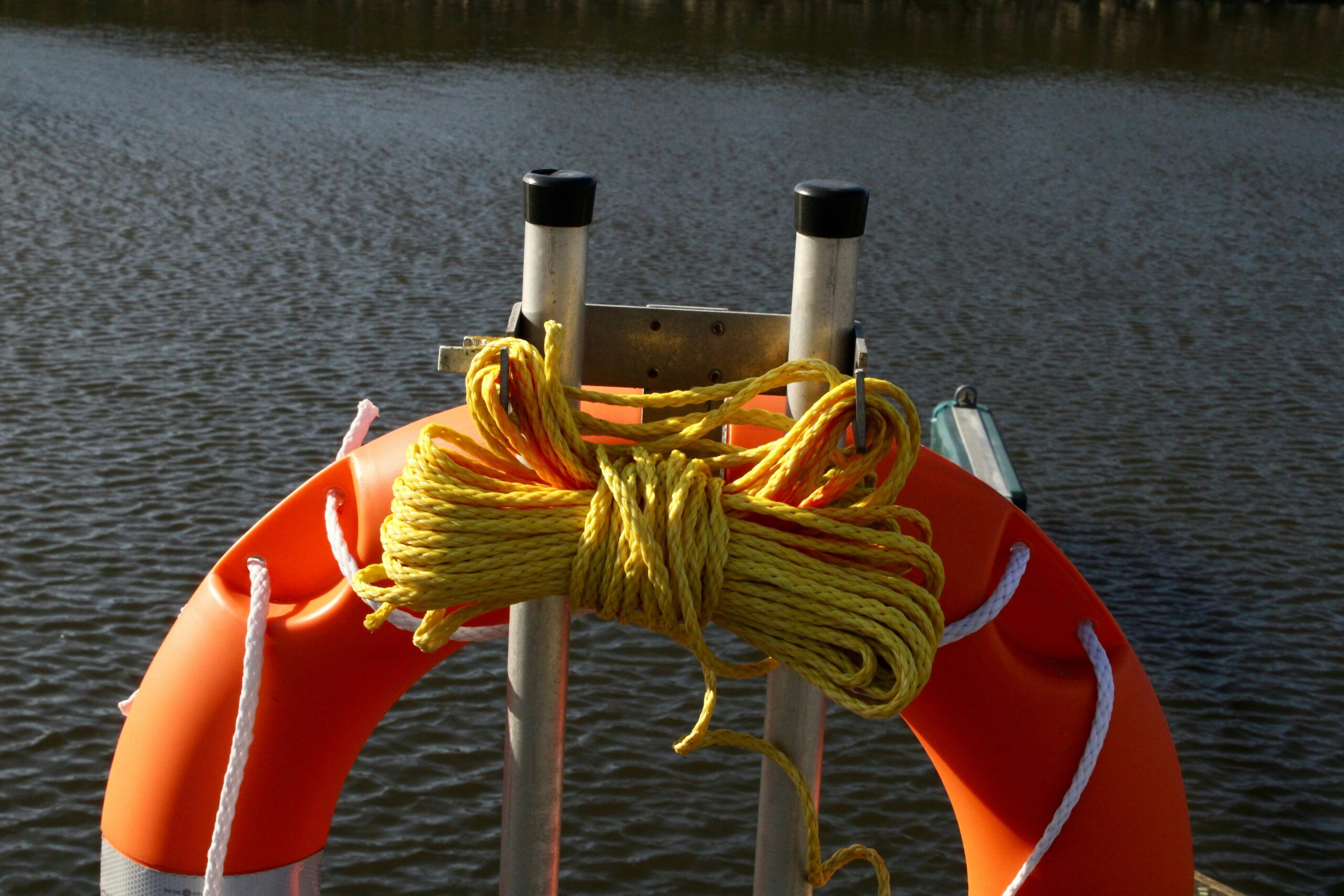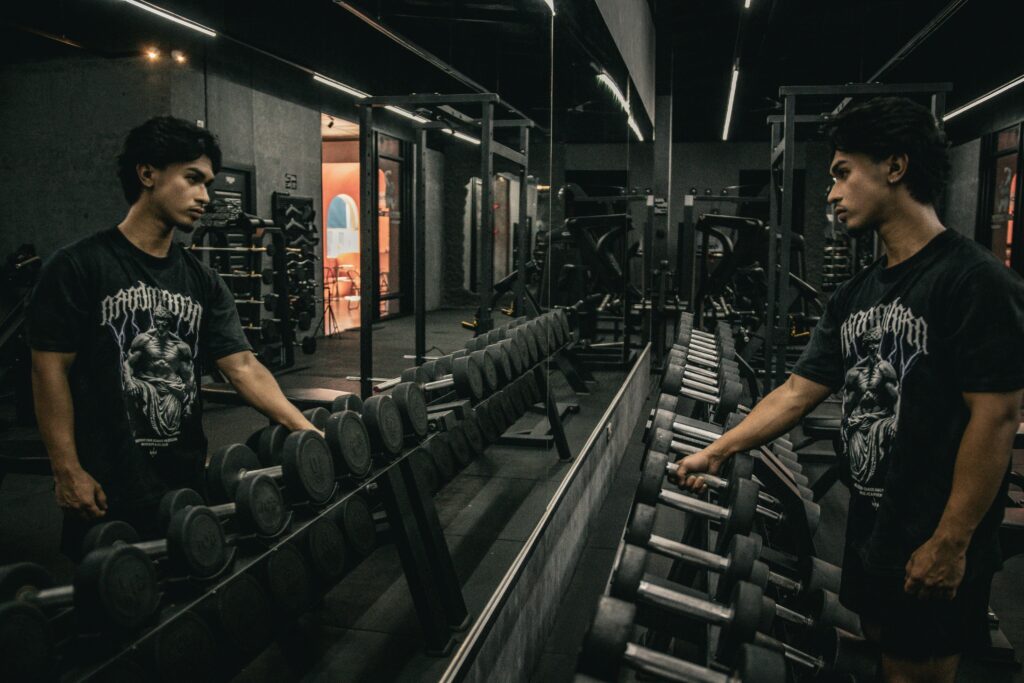Ever had your climbing partner casually mention that they forgot to check the belay device before heading up a 5.12 climb? Yeah, us too. And trust us—it’s not the kind of thing you want to “wing.” When it comes to staying safe on the wall, nothing beats assisted braking systems. They’re your lifeline when things get dicey (literally).
In this guide, we’ll break down everything you need to know about assisted braking systems—from why they matter, how they work, tips for picking the right one, real-life examples of climbers who swear by them, and even some mistakes *you don’t want to repeat.* Buckle up because safety just got interesting.
Table of Contents
- Key Takeaways
- Why Assisted Braking Systems Matter
- How to Choose an Assisted Braking System
- Tips for Using Your Assisted Braking Device
- Real-Life Examples & Success Stories
- FAQs About Assisted Braking Systems
- Conclusion
Key Takeaways
- Assisted braking systems are essential for reducing human error in climbing belaying.
- Features like camming mechanisms can make or break your experience—choose wisely!
- Ignoring maintenance is like inviting disaster into your climb; clean those devices regularly.
- You’ll discover how top climbers use these tools to maximize safety without compromising fun.
Why Assisted Braking Systems Matter
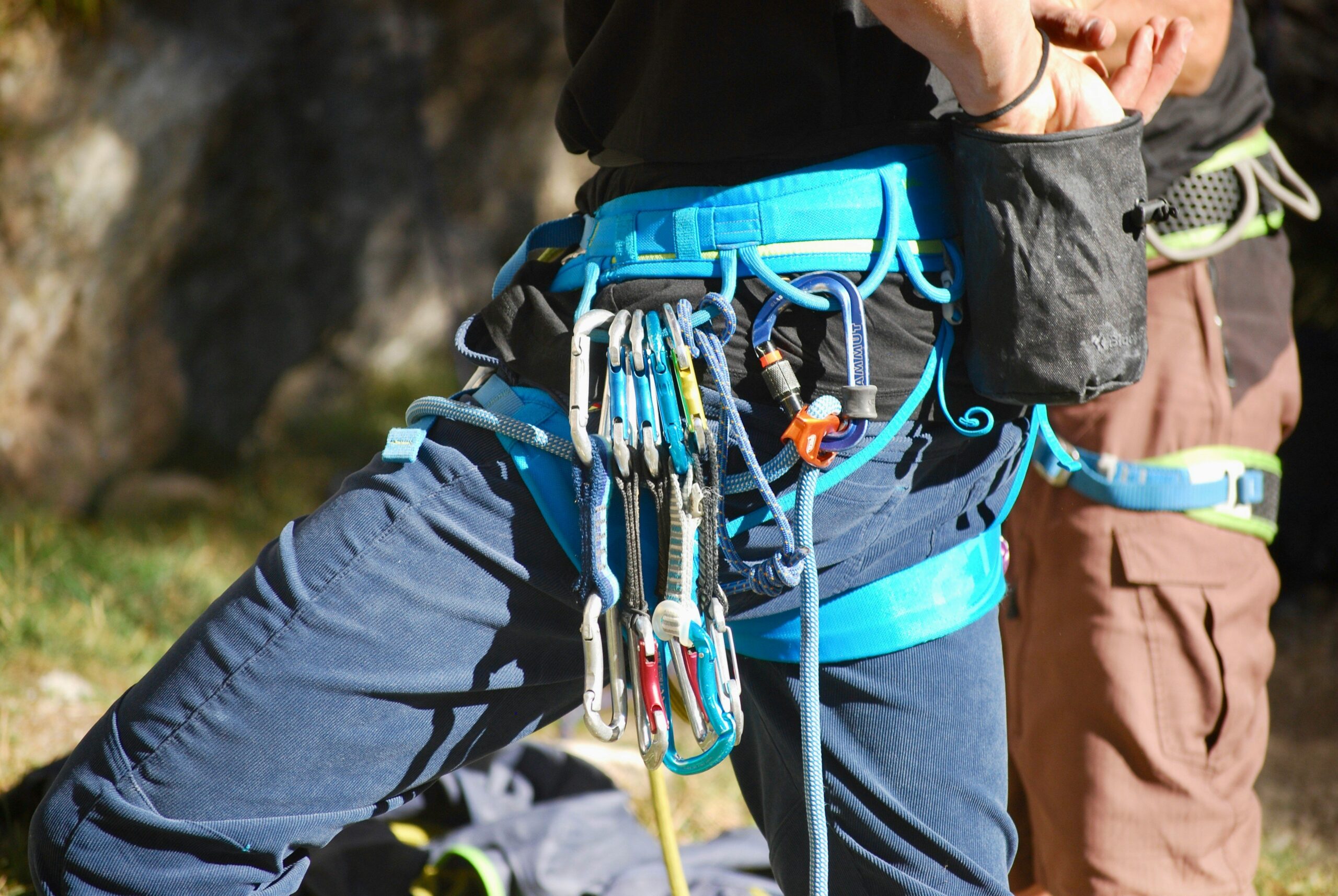
Picture this: you’re halfway up a sketchy overhang, sweat dripping down your face, hands trembling from exhaustion. Suddenly—WHAM—you slip off that crux move. Would you rather rely solely on your partner’s reflexes or have the peace of mind knowing your assisted braking system has your back?
Here’s the deal—these nifty gadgets reduce strain on humans by adding mechanical assistance during rope control. Whether it’s catching unexpected falls or simply helping manage slack more efficiently, assisted braking systems have revolutionized modern climbing.
Optimist You: “Follow these guidelines!”
Grumpy You: “Ugh, fine—but only if coffee’s involved.”
How to Choose an Assisted Braking System
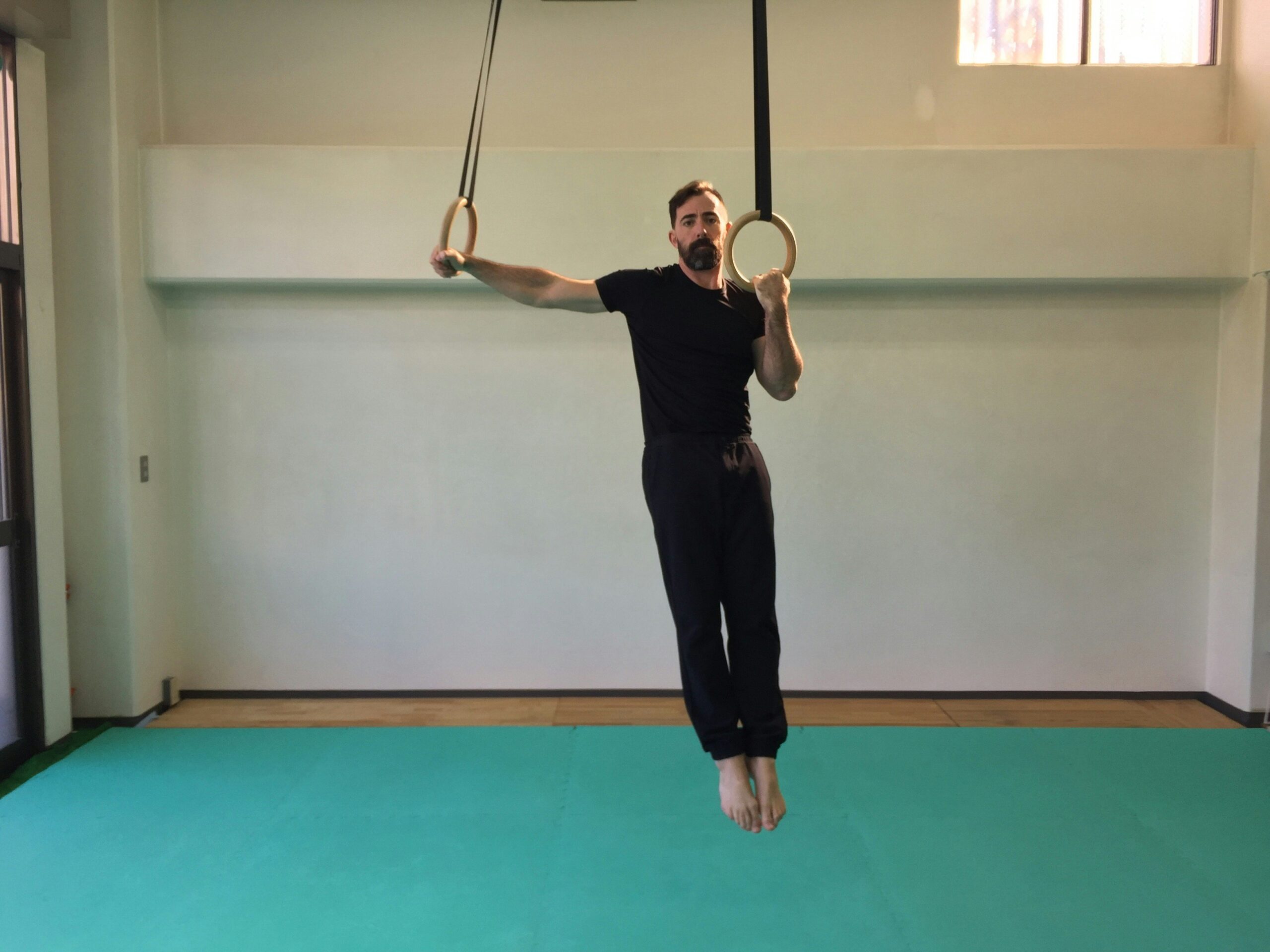
Selecting the perfect braking system feels overwhelming at first glance. But fear not! Here’s our foolproof process:
- Know Your Style: Are you trad, sport, or gym-centric? Some models cater better to specific disciplines.
- Weigh It Up: Lightweight devices mean less bulk but may lack durability compared to heavier ones.
- Test Before You Invest: Rent different models at your local gear shop before committing.
TIP: Avoid cheap knockoffs. One climber learned this lesson the hard way after their $30 eBay gadget disengaged mid-route. #Oops.
Tips for Using Your Assisted Braking Device
- Regular Maintenance Is Non-Negotiable: Clean out dust and grime post-climb—it’s as annoying as a headphone jack full of lint.
- Learn Proper Techniques: Practice feeding slack smoothly to avoid unnecessary resistance.
- Double Check Anchors: Always inspect attachment points before loading weight onto any device.
Real-Life Examples & Success Stories
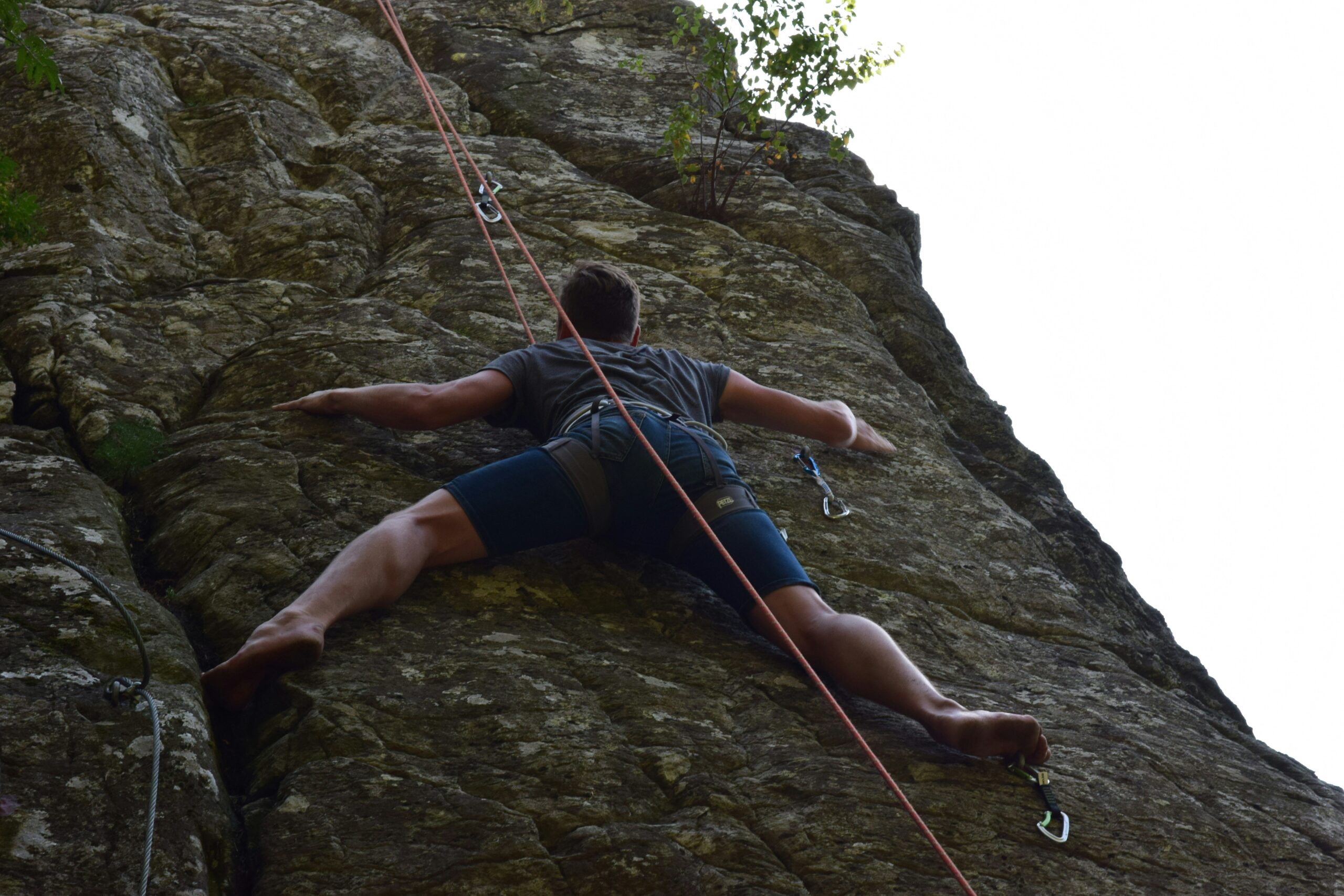
Meet Sarah T.—a seasoned climber whose last-second rescue made headlines in the community. During her ascent on El Capitan, she took a nasty fall due to loose rock. Thanks to her Petzl GriGri+, she walked away unscathed despite the dramatic tumble.
Sarah says: “I owe my life to assisted braking tech. Without it, I’d probably still be stuck dangling somewhere near pitch thirteen.”
FAQs About Assisted Braking Systems
Are all assisted braking systems created equal?
Nope. Models vary based on features, ergonomics, and intended usage. Be sure to match yours with your personal preferences.
Can beginners handle these devices?
Absolutely! Many are designed specifically for novices seeking added security while building confidence on the wall.
Will these replace good technique entirely?
Nice try…but no. Think of them as supplements, not substitutes.
Conclusion
Safety isn’t sexy—but it sure is smart. With the right assisted braking system under your belt (or harness), you can climb smarter, safer, and with far fewer heart attacks along the way.
Remember the golden rule:
Like a Tamagotchi, your SEO needs daily care.
